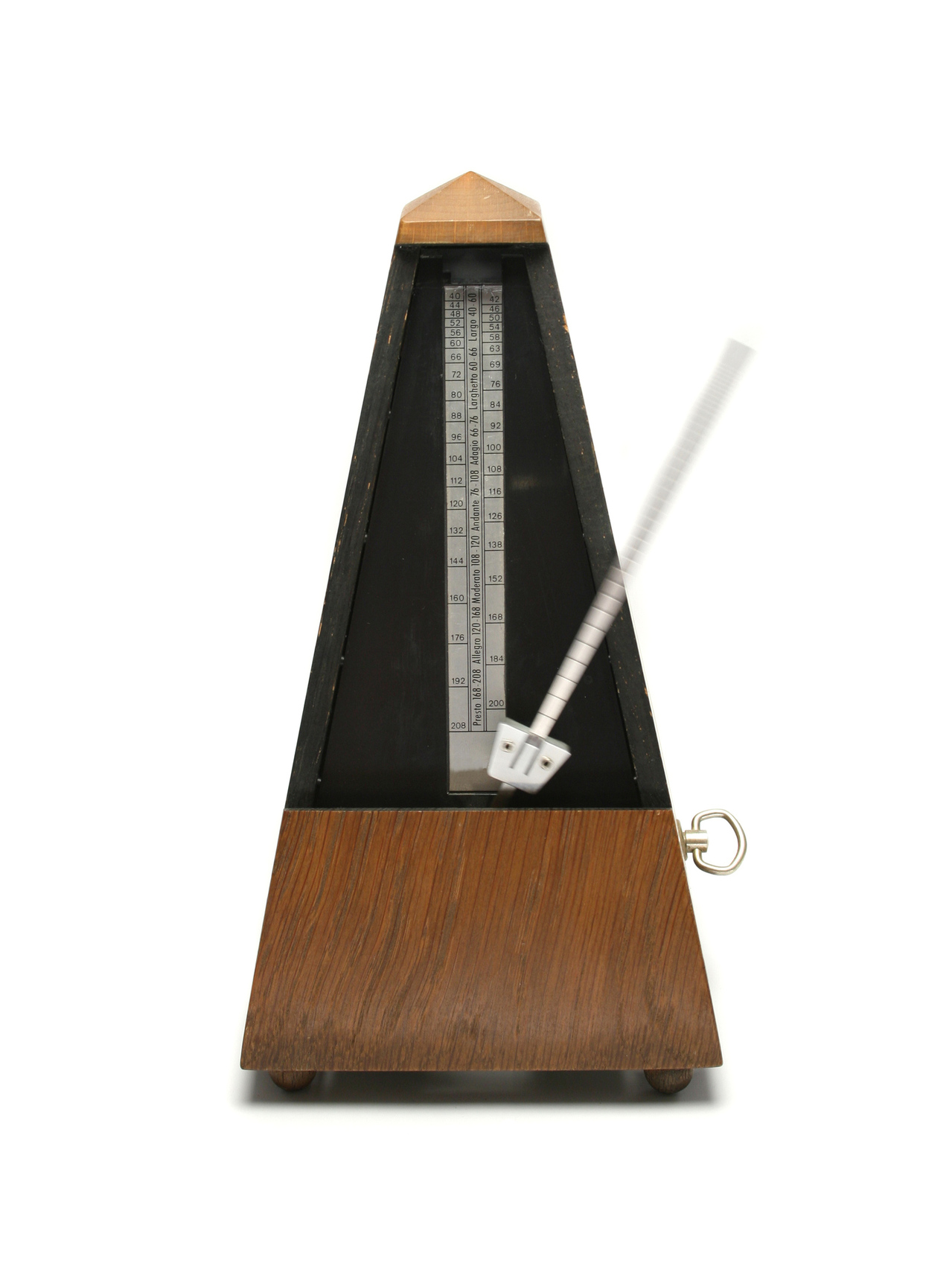The primary sonic material of melody is scales. Sure, arpeggios, passing tones and symmetrical intervals are in the mix, too. But so much melodic beauty comes directly (and indirectly) from the scales themselves.
It’s highly unlikely you’ll study jazz improvisation without going deeply into the study and practice of scales, and how they relate to harmony.
Of course, simply running up and down scales isn’t going to help you make beautiful music. To improvise expressively, you have to be able to imagine (hear) and create pleasing melodic patterns and shapes from the scalar (and other) material and develop them into an improvised composition.
Here are some of the many scales that are used in modern jazz improvisation: diminished, augmented, whole tone, major, minor, blues, pentatonic (and altered pentatonic), hexatonic, harmonic major…
There is a lot of music to be found and made with these scales, and I’ve spent much time studying and applying them in my practice as an improviser. But the one scale that gives me the greatest amount of musical possibilities is the melodic minor (I’m talking about the ascending form, i.e., a major scale with a lowered 3rd). Here’s 3 big reasons why:
1. It has a compelling contour. Take a look at the example below, a C melodic minor scale:
There is a tritone formed between the 3rd degree (Eb) and the sixth degree (A), as well as one from the 4th degree (F) to the 7th (B). The first four notes of the scale imply a strong minor tonality. The last four (G through C) imply a major tonality. The 3rd through the 7th (Eb through B) imply a whole tone scale. The 4th through the 7th degree (F through B) imply a Lydian tonality. Lots of different colors for melodic creation. When you arrange the notes of the scale into chords, even more tonal implications (and richness) emerge.
It has such natural melodic contour, that if you were to simply improvise over the scale itself in any key, without passing tones, you’d easily find lots of beautiful melodic shapes and patterns that fit well into the jazz language.
2. It relates well to dominant 7th chords. In the example below I demonstrate the use of the C melodic minor as the “jazz minor” scale (the scale from the raised root of the dominant 7th chord, in this case the B7):
If you analyze the above melodic idea, you can see that there is lots of harmonic tension, some of it diatonic, some of it as altered, upper partial notes: A (7th), D (+9), C (-9), Eb (3rd), G (-13) and F (+11), resolving to “E”, the root of E Major.
But look how this exact melodic line over dominant resolves to tonic in other ways:
Again, if you analyze the above examples, you’ll see that the harmonic functions of each note changes in relationship to the dominant chord, but the melodic sequence with the minor scale stays the same. Play through these patterns and you’ll hear 5 different colors of tension to resolution, some with lots of upper partial harmony. When you’ve mastered these scales, you give yourself a huge amount of possibilities over iiV7-I chord progressions, as you expand your thinking and your ears.
3. It can be organized and combined to form many interesting “modern” tonalities. One of the great things about melodic minor is that it can be the basis for lots of other tonalities and harmonic substitutions that have become part of the jazz language of today. Triad pairs formed from one scale (G Major and F Augmented from the D melodic minor scale) work well over several ii7-V7 sequences:
If you combine the minor scales, you can find an almost unlimited new resource of tonal possibilities, like harmonic major pentatonic scale sequences (combining Bb minor,and Ab minor, for example):
You can also find new ways to combine triads for harmonic substitution. Here I extract major triads from the C minor, F minor, Ab minor and D minor scales and combine them in a way that implies movement around the circle of keys (with a bit of a surprise in the last two beats of the second measure):
About 3 years ago I plunged deeply into the study and exploration of melodic minor scales, particularly as they relate to dominant 7th chords, and how they resolve to tonic. In studying this way I’ve come to have a clearer functional understanding of so many other tonalities in modern jazz, and my ability to improvise freely and melodically has grown significantly. Above all, I’ve learned to hear and imagine music in a different way.
I’ve documented and organized all the work I’ve done with the scales and put it into the form of a downloadable pdf book, which I’ve made available for purchase. The book is called Melodic Minor Scale Jazz Studies: Tonal Organizations And Applications Over Dominant 7th Chords. There are over 200 pages of notated exercises and instructions, from basic to very advanced applications, along with downloadable backing tracks for you to use to practice the material in the book.
If you’d like to gain deep mastery over this highly useful scale, and open up your improvisational thinking and possibilities, I encourage you to consider it. If you’d like some more examples of the material in the book, please visit my Jazz Etudes page, where you can test drive several different ideas and applications. Enjoy!











